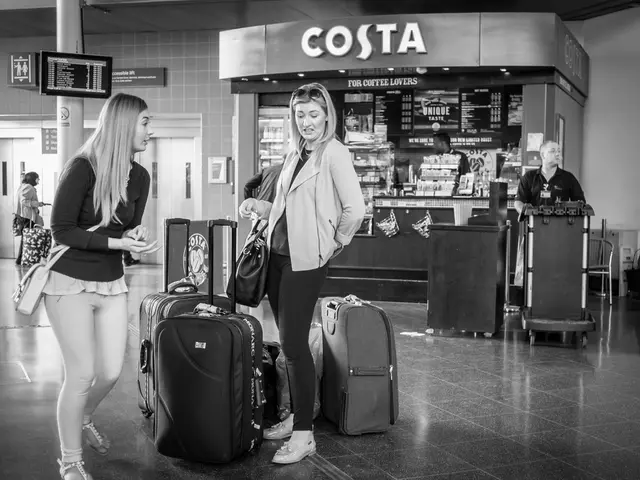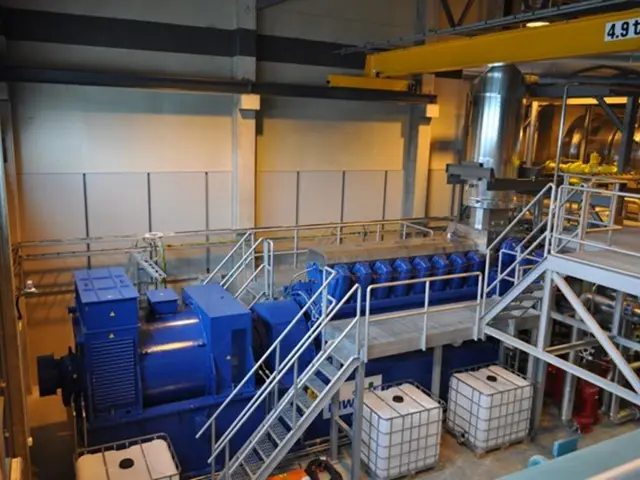Autonomous driving preferred by Transport Minister Hermann, primarily for buses
In a recent development, Baden-Württemberg's Transport Minister, Winfried Hermann (Green), has expressed support for the adoption of autonomous mobility solutions in rural areas. These solutions aim to complement existing public transport and better connect rural areas to cities, aligning with efforts like the C2CBridge project.
The proposed autonomous vehicles, designed to carry multiple passengers and accommodate mobility aids, are intended to close the mobility gap in rural areas where public transport is sparse and car usage is high. By enabling efficient transfer points to conventional public and alternative transport modes, they can reduce reliance on private cars, which currently average only 1.1 persons per vehicle for commuting, leading to high space and energy consumption.
Minister Hermann advocates such innovations as they potentially address the unique mobility challenges in rural areas characterized by longer, scattered trips and lower population density. The deployment of autonomous mobility services aligns with broader German goals to lead in autonomous driving innovation and enhance sustainable transport options nationwide.
However, Minister Hermann has expressed opposition to the widespread use of autonomous vehicles for individual traffic. He voices concern about the potential increase in empty trips, which could lead to increased car traffic. For instance, allowing children to drive autonomous vehicles to kindergarten could contribute to this issue.
Instead, Hermann suggests that rural areas could be better served by autonomous buses due to a current shortage of bus drivers. This shift towards autonomous public transport could improve traffic flow and reduce resource usage, providing efficient, on-demand alternatives to private cars.
In summary, the adoption of autonomous public transport in rural areas, supported by Baden-Württemberg's Transport Minister, is seen as a promising approach to reduce traffic congestion and resource consumption while increasing connectivity and social acceptance of sustainable mobility. Meanwhile, Hermann's concerns about autonomous vehicles for individual traffic revolve around the potential increase in empty trips and the associated impact on traffic conditions.







